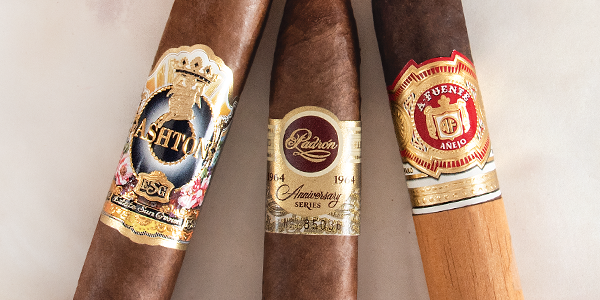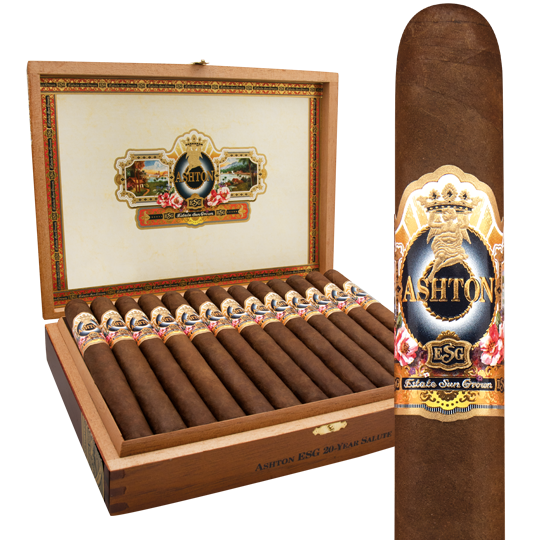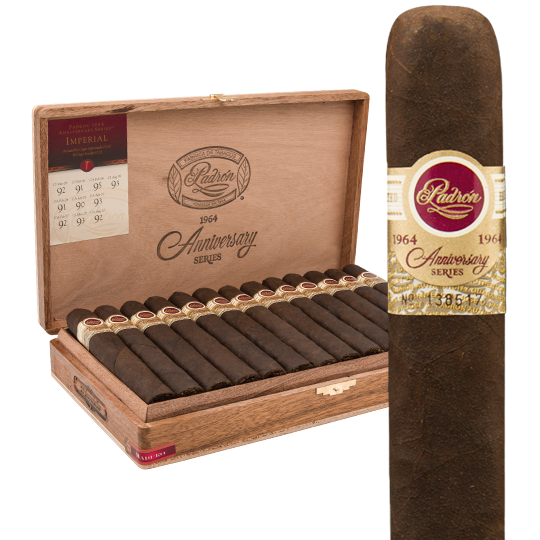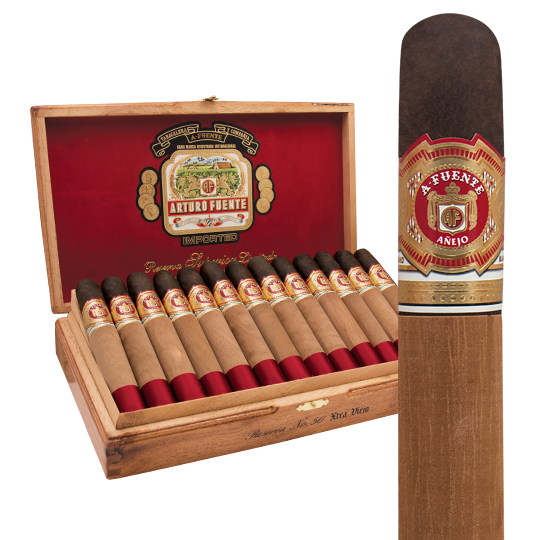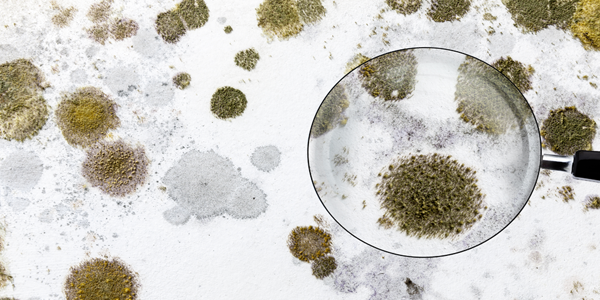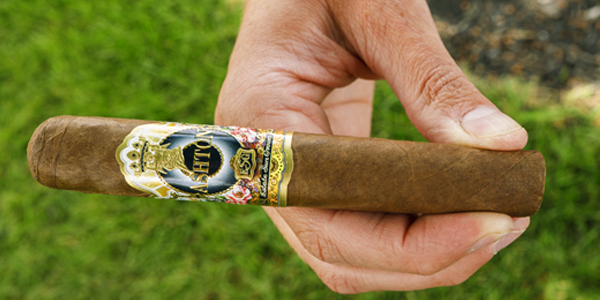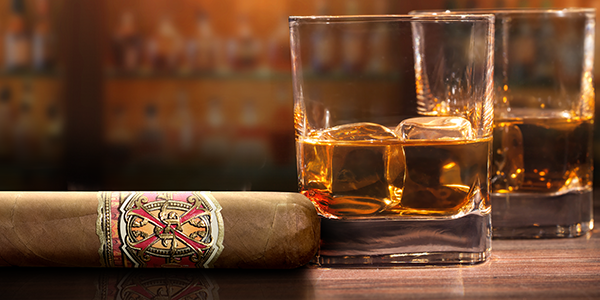What Makes a Good Cigar?
What makes a good cigar? Can you tell a good one from a bad one on a store shelf? Yes, and no. Firstly, nothing will matter more than the way a cigar tastes. If it doesn’t taste good, it isn’t a good cigar, and taste is subjective. You really won’t know if a cigar is good or bad until you smoke it. But, there are a number of indicators, in addition to taste, to look for in a good cigar. Here are some common traits you’ll encounter in the best cigars.
1. Appearance
A cigar’s appearance isn’t the most important measure of its quality, but it is the first thing you’ll notice. A cigar can have a gnarly appearance and still taste great, but most good cigars exhibit desirable visual hallmarks. A uniform wrapper color is important. Supple, oily wrappers with few veins and a seamless finish are indicators you’re smoking a good cigar.
Inconsistent or splotchy wrapper color suggests less selectivity on the part of the cigar-maker or a hurried fermentation. Toothy wrappers and even tiny white speckles of plume point to proper aging and humidification. Avoid a cigar if its wrapper is cracked or dried out.
A triple cap, or a three-seam cap, is another sign of superior cigar-making. The old-world Cuban technique requires meticulous skill from the roller and is used on many non-Cuban premium cigars today. Inspect the cigar’s foot. You should observe consistent folds of tobacco right up to the wrapper with no gaps or airy pockets.
2. Taste & Aroma
Once a cigar passes visual inspection, it’s time to examine the tangible element of taste. Taste and aroma can’t be separated. They are subjective but should be any cigar lover’s ultimate measuring stick for quality. Good cigars display smooth and balanced flavor and aroma regardless of whether they are mild or strong. A quality cigar won’t demonstrate harsh or bitter notes or cause you to wonder when it will start to taste good while you’re smoking it. The best cigars entice from the moment you fire one up until you’re navigating the nub. Remember, the chemistry in your mouth and what you’ve had to eat or drink will affect the taste of your cigar. For best results, keep your palate hydrated while you smoke.
3. Construction
A cigar that isn’t properly assembled won’t provide a good draw. You shouldn’t have to labor to pull smoke through your cigar. Conversely, the draw on your cigar shouldn’t be void of resistance. A cigar that pulls too easily or loosely is under-filled and won’t burn straight.
Experienced cigar-rollers follow exact ratios of binder and filler tobaccos when they’re making cigars and they know how to achieve the perfect draw when they roll a cigar. The pinch test offers a quick indication your cigar is properly humidified and well made. Gently squeeze the cigar from the foot to the head. Expect a firm resilience with no noticeable soft or hard spots or unwanted veins.
4. Consistency
Good cigars are consistent from one box to the next. You know you’re smoking a quality brand when you’re buying cigars from different boxes throughout the year and they all taste the same. The most talented blenders know how to make cigars at scale and they often possess vast inventories of tobaccos to ensure their cigars are consistent, even in the event of a difficult growing season or any unforeseen lapses in production.
5. Value
Cigars range wildly in price from less than a dollar apiece to $30 or more for one cigar. Regardless of a cigar’s price, it isn’t good if you don’t enjoy its taste. Many factors influence a cigar’s price, including rarity, aging, size and shape, packaging, taxes, and more. A cheap bundle of yard ‘gars isn’t going to taste the same as an Ashton ESG or a Padron 1964 Anniversary. But, a good cigar will always leave an impression that it was worth what you paid for it.
6. Pairing Your Cigar with a Drink
Pairing your smoke with the right drink can make a good cigar even better. There are countless pairings to consider. Some cigars taste better with bourbon or scotch. It’s hard to go wrong with beer. Wine or classic cocktails enhance a plethora of fine cigars. Choose a complementary beverage to enjoy with your cigar.
7. Where You’re Smoking Your Cigar
Your smoking environment is critical too. A good cigar quickly becomes mediocre if you have to constantly relight it in windy outdoor conditions. Discover maximum satisfaction from your cigars when you can smoke them in a comfortable atmosphere like your favorite cigar lounge or a pal’s man cave.
8. Who You’re Smoking With
Last but not least, choose the right company. Fellow cigar connoisseurs are always your best bet. It’s never pleasant to smoke around folks who aren’t accustomed to cigar smoke when they start rolling their eyes. Luckily, most cigar-friendly establishments are kryptonite to those with an aversion to cigar smoking. Cigars present the ultimate opportunity for bonding and camaraderie with your buddies. Cigars taste better when you can shoot the breeze and smoke them with your best friends.

